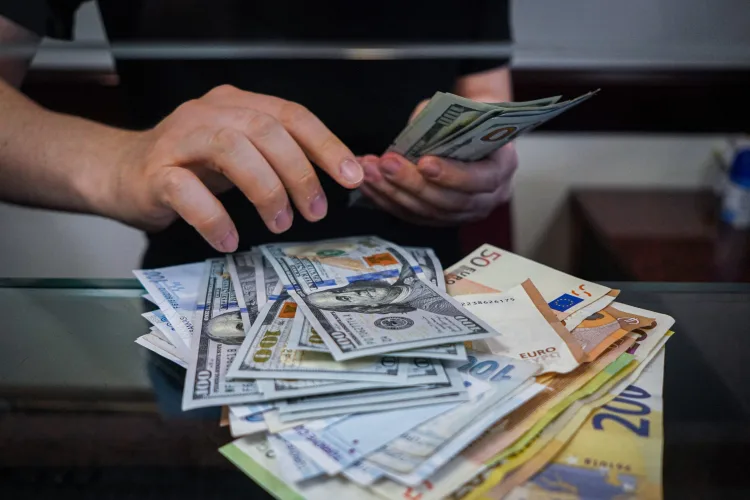
The exchange rate between the Euro and the US Dollar has reached parity for the first time in 20 years.
Despite the drop in the euro since the beginning of the year, it hit $1 on Tuesday. As a result of Russia’s invasion of Ukraine and high inflation, there is fear that the continent might be entering a recession.
In an attempt to reduce its dependency on Russian oil and gas, the European Union, which received roughly 40% of its gas from Russian pipelines before the war, is seeking to reduce its dependence on these resources. Russia has also reduced gas supplies to some EU countries and recently cut the Nord Stream pipeline to Germany by 60%.
Why did the euro drop?
There are several key factors that have led to the Euro’s recent decline. First, the E.U.’s economy is slowing, and recession fears are rising.
Moreover, Kristalina Georgieva, the IMF‘s managing director, said this week that business conditions have “darken significantly” in recent months across the European Union.
The European Union countries have also been crippled by an ongoing energy crisis caused by the war in Ukraine and subsequent Western sanctions against Russia. In June, Germany’s minister of economic affairs and climate action, Robert Habeck, warned that Russia cutting its natural gas supplies could trigger a “Lehman Brothers moment” for the country, referencing the 2008 collapse of the investment bank.
Can the euro slide any further?
In addition, There is a psychological threshold between the euro and the dollar of 1:1. Technically, the euro hasn’t reached parity with the dollar. However, between 4:19 and 5:45am US eastern time today, the dollar traded for 0.9999 euros—essentially equal value. There’s no guarantee that the dollar will move much further above or below the euro over the next few days.

[…] Also See: First time in 20 years, Euro and Dollar at parity […]